
PCB and Embedded Systems
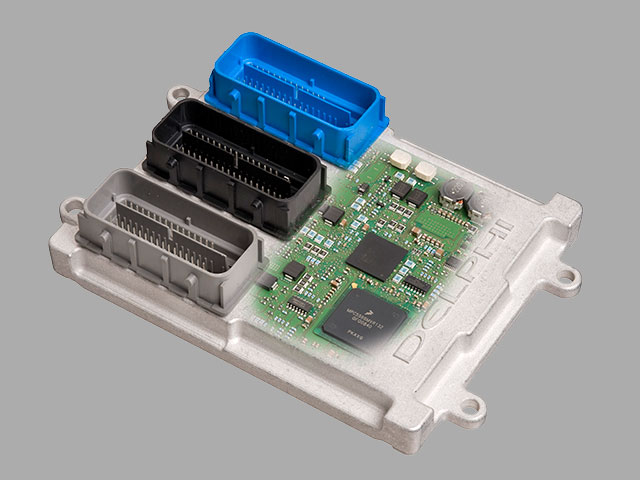
MT88
This engine controller ECM was a collaborative design project with the Delphi Electronics group. The device is designed to run an EFI engine. Our software engineers wrote the calibration software for the device and our calibration engineers devise calibrations for various engines in our in-house dyno labs.
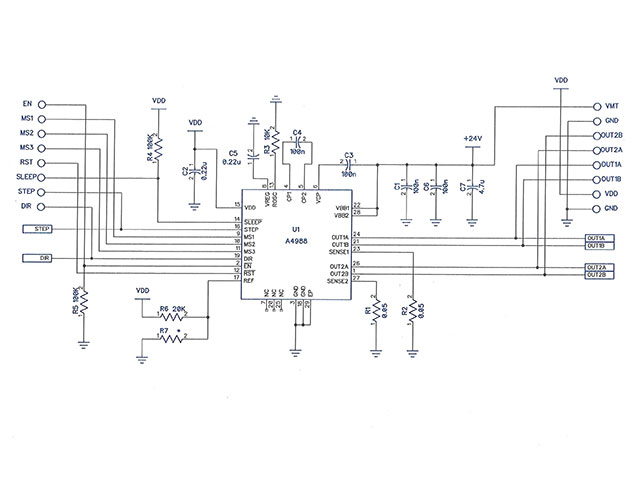
Board Mech Drawing
Our broad cadre of in-house capabilities includes control device design from concept to fully tested product. This is a schematic of a device that performs a mechanical actuation of a valve body for a pneumatic control system.
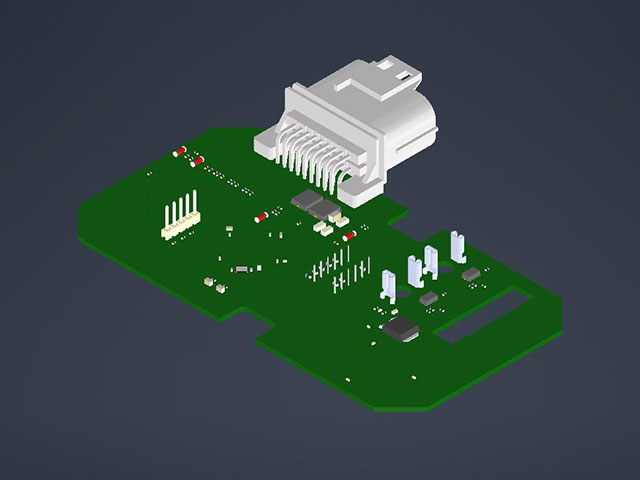
Circuit Board
This circuit board fits into a sealed enclosure we designed. The assembly meets IP67 requirements and will be mounted underneath a semi-trailer to automatically control the actuation of a drop axle based on cargo weight. The device displays the weight on a segment display and has a full array of on-board fault diagnostics. The concept, the enclosure design, the board design, the control software and the diagnostic system were all fully completed in-house.
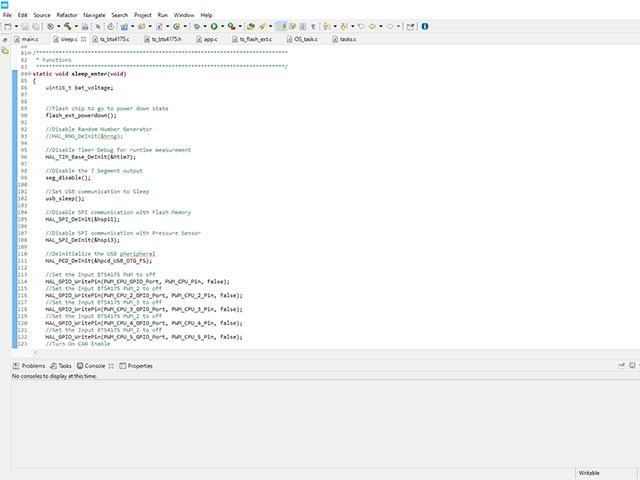
Code ST
Many of the control devices that we develop require a significant level of computer code writing. Code to manage input data and derive output commands. We frequently select circuit board components and microprocessors for our control system circuit boards. Since we offer turn-key solutions, we also write computer code.
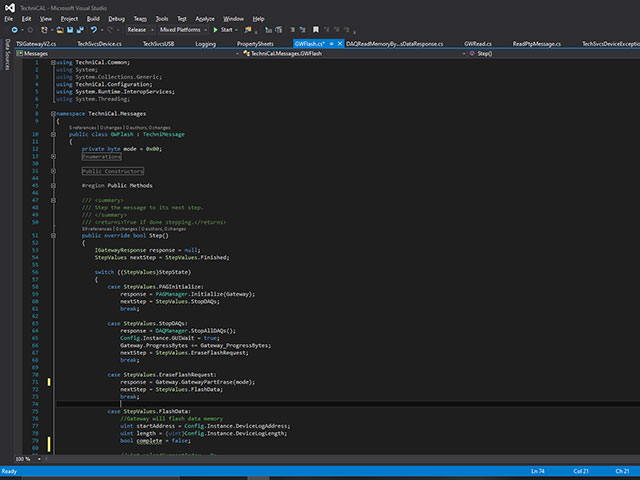
Code TechniCAL
TechniCAL is a very robust multifaceted system we have continually developed over the past 40 years of years. The system allows for calibration of a number of controllers including some automotive engine and body control modules. We also use it as a calibration tool for a number of our in-house developed controllers. The PC based system contains multiple features to include (1) a real-time “heads-up” or virtual instrumentation display, (2) A fault code reader and fault code history display, (3) A fully developed calibration tool (4) A strip chard recorder for real-time display of a single or multiple sensors, (5) A recording feature that will record multiple sensors and control commands, (6) A graphing software feature that lets the used graph recorded data and manipulate the graphs in multiple ways, (7) A slew feature that lets the user slew the control of a number of features temporarily during calibration development. (8) An integration feature that allows immediate reference to service manuals, service literature, or service videos. This feature is principally used for end-user variants of the program.